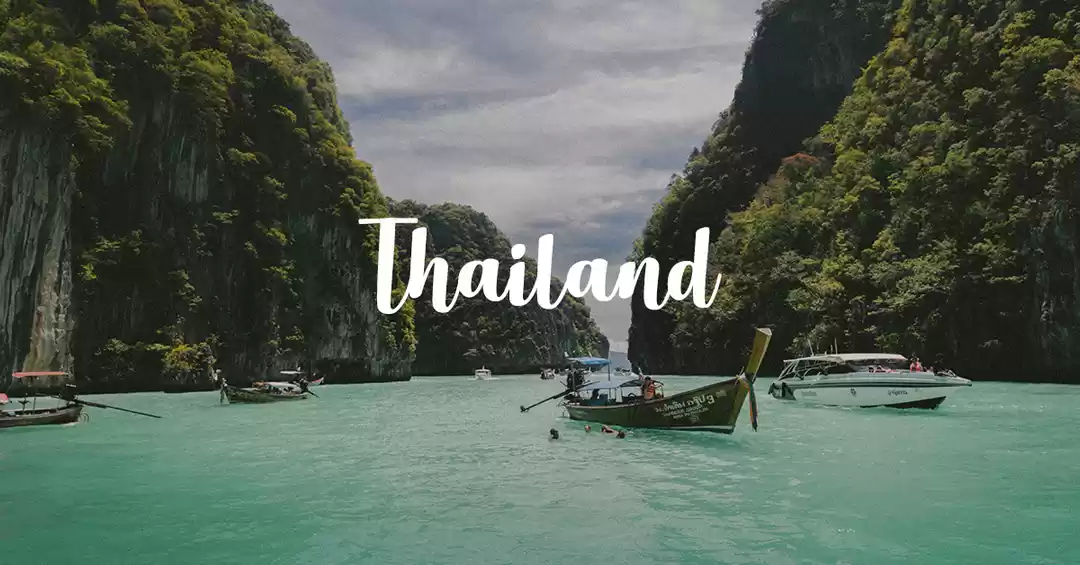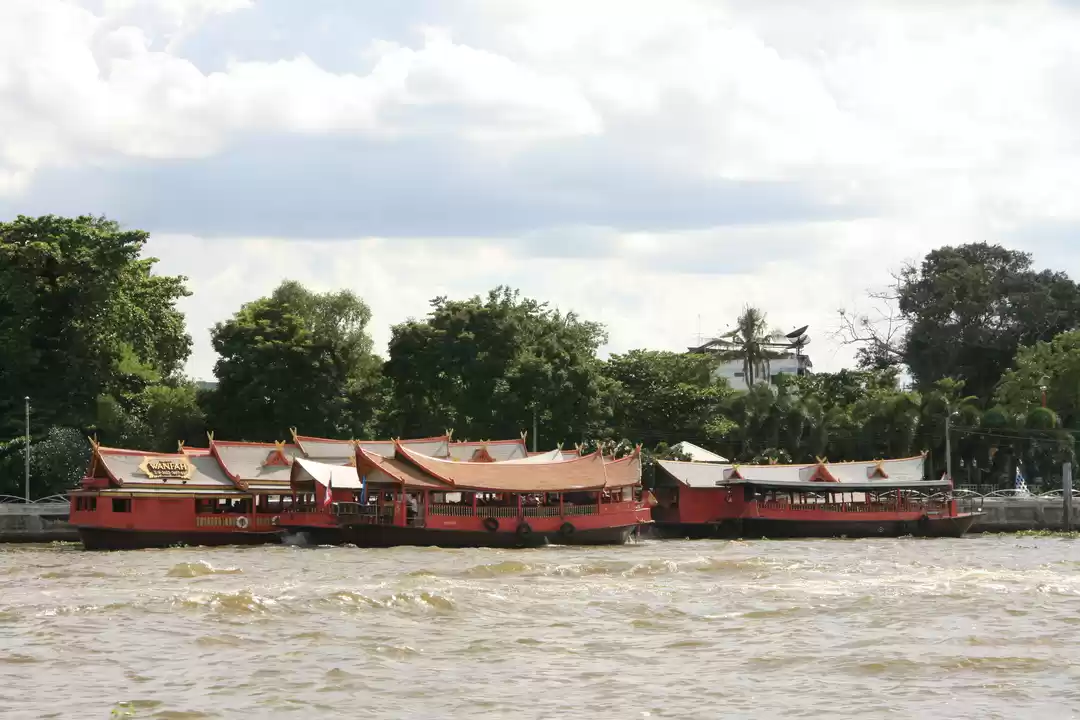




The speaking ruins of Sukhothai
Visiting historical ruins is always an exhilarating experience for me. At times I wish I could time travel and see the era when they were actually constructed and alive. When people lived in those elegant places, when the first stone of huge temples was placed or when the huge monoliths were brought from faraway places using no machines to make the beautiful idols. If only I could time travel. After backpacking in Cambodia for a week, I was keen to explore the other South East Asian countries and explore the roads leading to our past. The history is so well inter-connected for India, Cambodia, Thailand, Laos, Myanmar, Bhutan, etc. And I keep finding the Hindu roots and connection everywhere. And it is all in my radar. The very first time I heard the name ‘Sukhothai’ was probably with the reference of Spa centers which has hoarding everywhere in Mumbai. Well, I didn’t know that it would soon be my next exciting destination! Sukhothai literally means ‘Dawn of Happiness’. So did it make me happy? Hell, ya!!
The history behind
Sukhothai National Park is a well preserved UNESCO heritage site. Sukhothai was the capital of the first kingdom of Siam established some 800 years ago. The exact year is unknown but according to the Fine Arts Office it was between 1238 and 1257. For 120 years as the capital of Siam, Sukhothai was ruled by many kings. In this connection, the most dynamic monarch being King Ramkhamhaeng the Great, who created the Thai alphabets, laid the foundation for politics, monarchy, and religion, as well as, expanded its boundary of influence. In 1378, the armies from Ayutthaya kingdom invaded and put Sukhothai under her territory.
Sukhothai National Park
Crossing the local market, a little bit of traffic, I hired a pretty-pink bi-cycle just near the park for 50 bhat. As soon as I entered the park my world changed drastically. The heart was puffed with fresh air and my legs felt strong to explore it all. It was clean, green and peaceful park and pollution free. The only vehicles I could see were the trams running which carry the tourists around the park. As I started exploring, there was no end to the beauty of it. The first sight of a large seated Buddha figure set amid the pillars of a now-ruined sala, and a central chedi flanked by two standing Buddha figures. This is the largest one and looks magical in the sunset. I stayed there longer to take pictures of the silhouettes of Buddha and I just couldn’t get enough. The best thing about exploring Sukhothai is, there wouldn’t be many tourists and it was such a relief after experiencing the Grand Palace in Bangkok. I sat near the Buddha and saw the park turning into orange light as the sun set behind. For a moment I felt this was probably the most peaceful place I have ever visited. There was a perfect view from outside the Chedi where I could see Budhha reflection on the water just like in Angkor Wat. I shouldn’t compare it with Angkor Wat but it was close enough.
The whole site covers an area of approximately 70 square kilometers and is divided into multiple zones. The central zone contains the majority of the ruins and a museum. Maps are free at the ticket office. Mat Mahathat is one of the most spectacular. There are ruins spread at every few meters but there are a few significant sites which must not be missed and to be planned in such a way that you get to spend more time there.
Wat Si-Chum, where I saw 15 meter high statue of Buddha siting under the cuboid and sporting a golden right hand pointing downside. It was quite fascinating to see the statue in after seeing so many photographs of the site. The statue represents Bhumisparsa mudra, is said to be Buddha’s hand gesture when he achieved enlightenment. It represents unshaken strength and the truth of his commitment to liberation, which helped overcome the darkness challenging him right before he entered the Light.
Another favorite posture was at Wat Sra Sri, is named the “sacred pond” temple, it had dancing Buddha pose. The water bodies and the greenery around make this place so charming. Ensure taking some water bottles and food around if you want to eat under the shade of trees.
Wat Sorasak , where elephants come out of nowhere from the walls of a huge structure. Sukhothai is indeed a photographer’s paradise, a peaceful place where one can enjoy just being with Buddha. It has left me bewildering more about Buddha’s philosophy and to learn the ways to seek peace within myself.
The ticket is for 100 bhat which is valid for one day, so you may explore the site from early morning to late evening. There are food options in the park, but it gets too hot in the mid-day. So I decided to do a morning and an evening session, skipping the hot day between for a swimming in the resort pool. A well planned one full day is enough, as I don’t think another 350 baht should be spent on day2. Study the map well a day before you start and you might get time to visit your favorite spots twice to take the pictures of dawn and dusk.
Entrance fees into Sukhothai Historical Park
· Entrance to Sukhothai Historic park = 100 baht
· Bicycle surcharge = 10 baht
· Mystery all section ticket = 350 baht (if you can find the right person)
The park is open from 6am-18.00. Keep in mind the bicycle shops closed between 17.30 and 18.00 too.
Sukhothai Old and New City
This little pocket of Thailand is split into two towns: the old and new. Most guest houses are located in the New Sukhothai – a small town full of friendly people and smiling faces. The new town has more options of stay, eateries and bars. The ruins are in old city; so both the places have its advantages and disadvantages. Well, I decided to stay close by the ruins so that I didn’t miss on beautiful sunrise and sunset in the park
There are many budget options to stay in the new town, but I was perfectly happy being in a comfortable resort LeCharme which was so Thai in its ways except the French name. The resort was just 2 kms away from the ruins and it was a perfect option if you want to come back during mid-day by cycling around. I woke up with the pink lotus pond in front of my room. It was like a vivid dream for me, as we don’t see many lotuses often in India despite it being our national flower. The wooden setting of rooms and bridges give it a very Thai and ancient look to match up the mood. The restaurant and pool are good enough to serve the luxury I deserved after the long day. And I couldn’t be happier with the in-house food at restaurant. Thailand is indeed a paradise for food lovers, you don’t have to think twice about the money you spend on food and drink as it’s all very affordable. They do have a Thai massage option as well, just by the pool side. I became a fan of their complimentary breakfast, especially banana fritters.
If you chose to stay in the new city, don’t miss out on the fresh markets and street food. You get almost everything on sticks, different types of sausages, chicken and barbequed eggs. The street desert is crispy crepes made of egg. Visit the local market to see the fresh and raw food and you might find some delicious readymade curries ready to eat. Sukhothai noodles is a must try in dream café.
How to get to Sukhothai
Buses from Bangkok take approximately 6-7 hours departing from Bangkok’s northern bus terminal at Mo Chit. Buses from Chiang Mai’s Arcade bus station take approximately 5.5 hours.
Trains from Bangkok or Chiang Mai go to Phitsanulok (listen for Thai people saying ‘Pee-Lok’ as an abbreviated version of the name) from where you need to transfer to a bus. The bus journey between Phitsanulok and Sukhothai takes an hour and departs at regular half-hourly intervals throughout the day.
Best time to visit Sukhothai
I probably visited Sukhothai when It was not so good time to be there in hot April but I still enjoyed being there with a cap, cotton shirt, sun glasses and a pack of sunscreen. The evenings were pleasant and an air-conditioned room helped me to survive the day heat. Like any other place in Thailand, it is best to visit from October to February. But I can imagine it would be a pretty sight even in the rains. The park was clean and roads were smooth, so it would be fun to ride bi-cycle in the rains.
You may find more related articles and pictures on datravelography.com






































